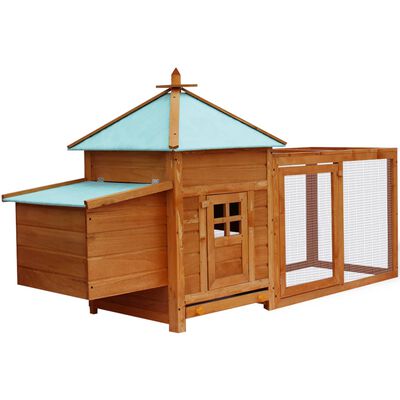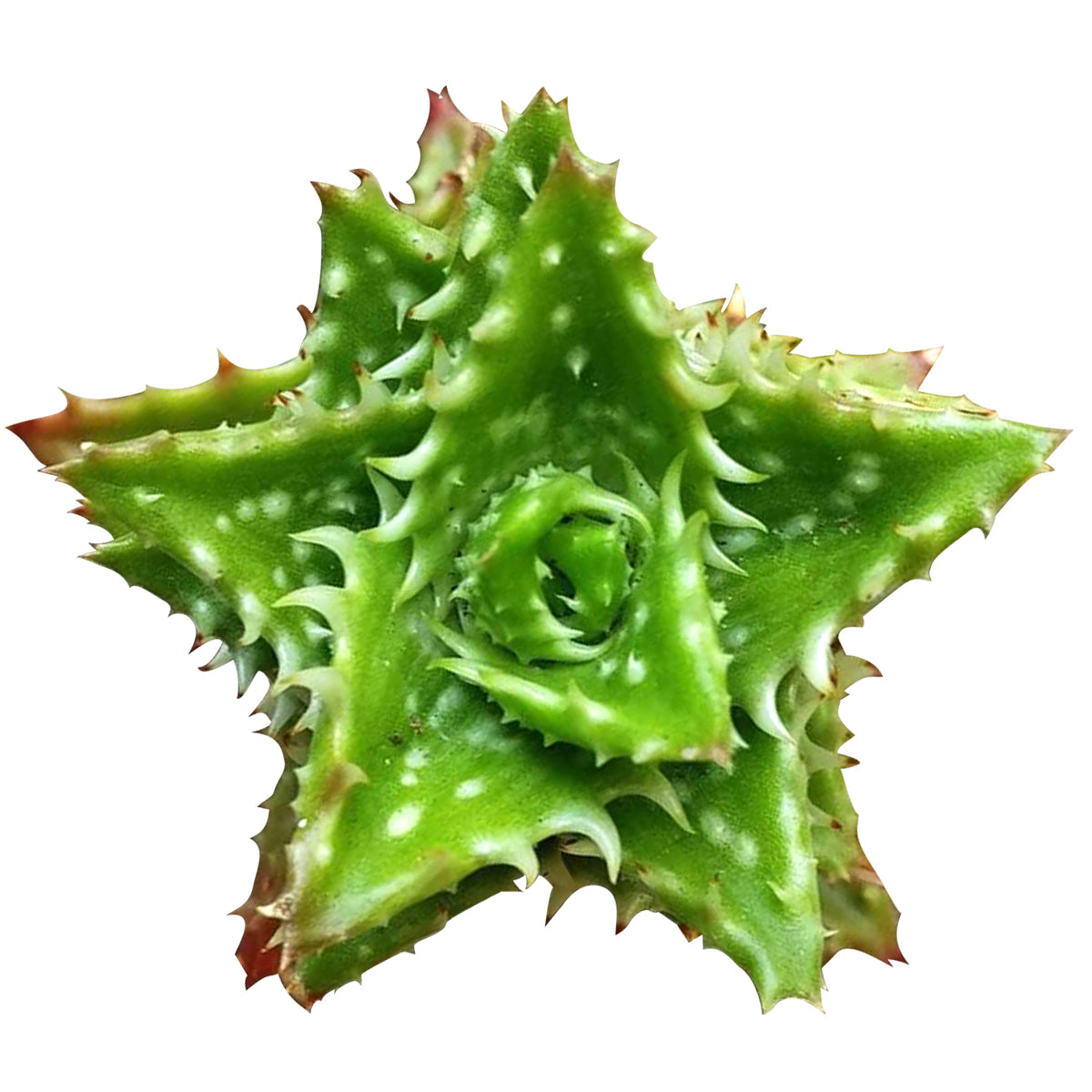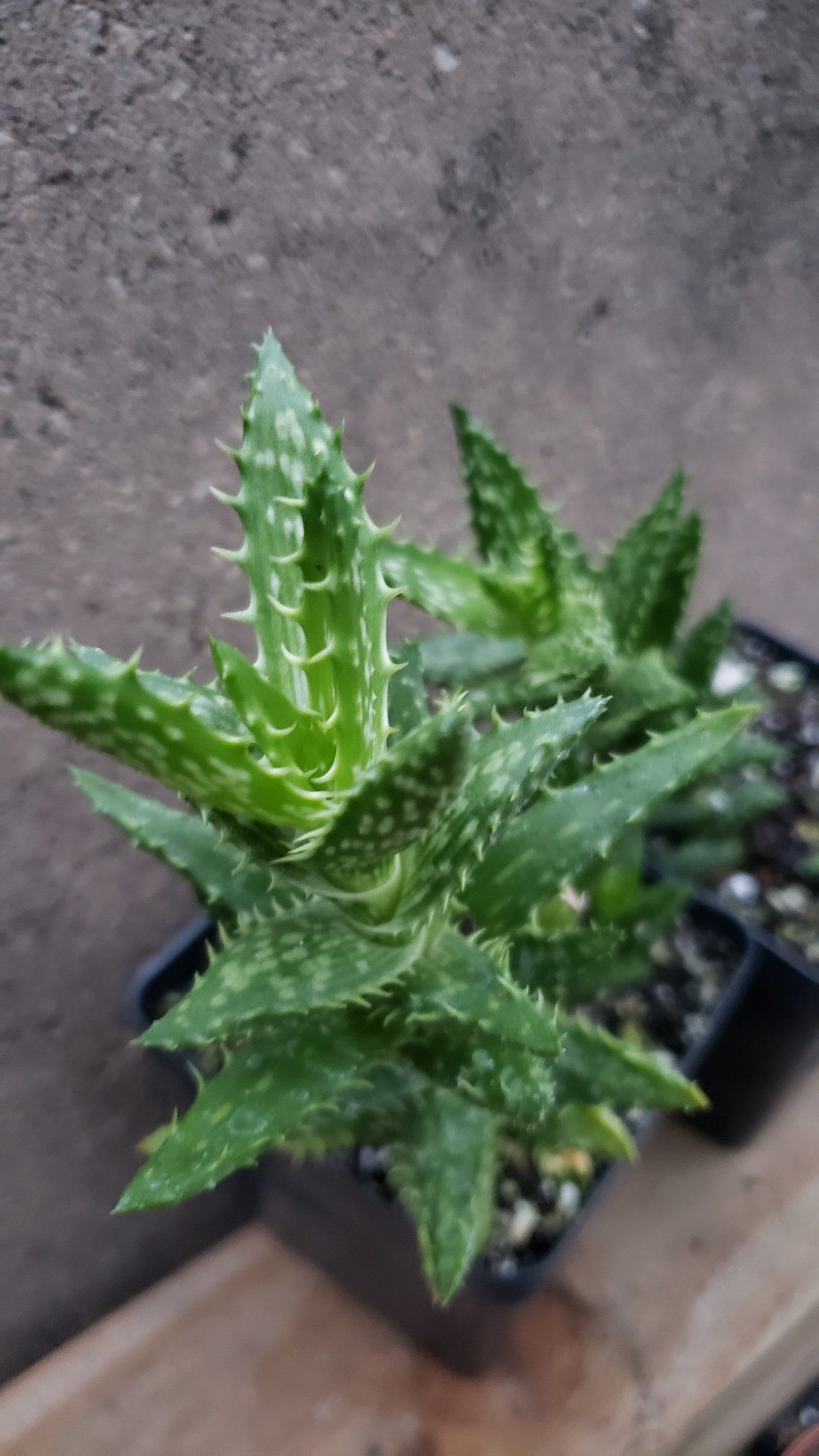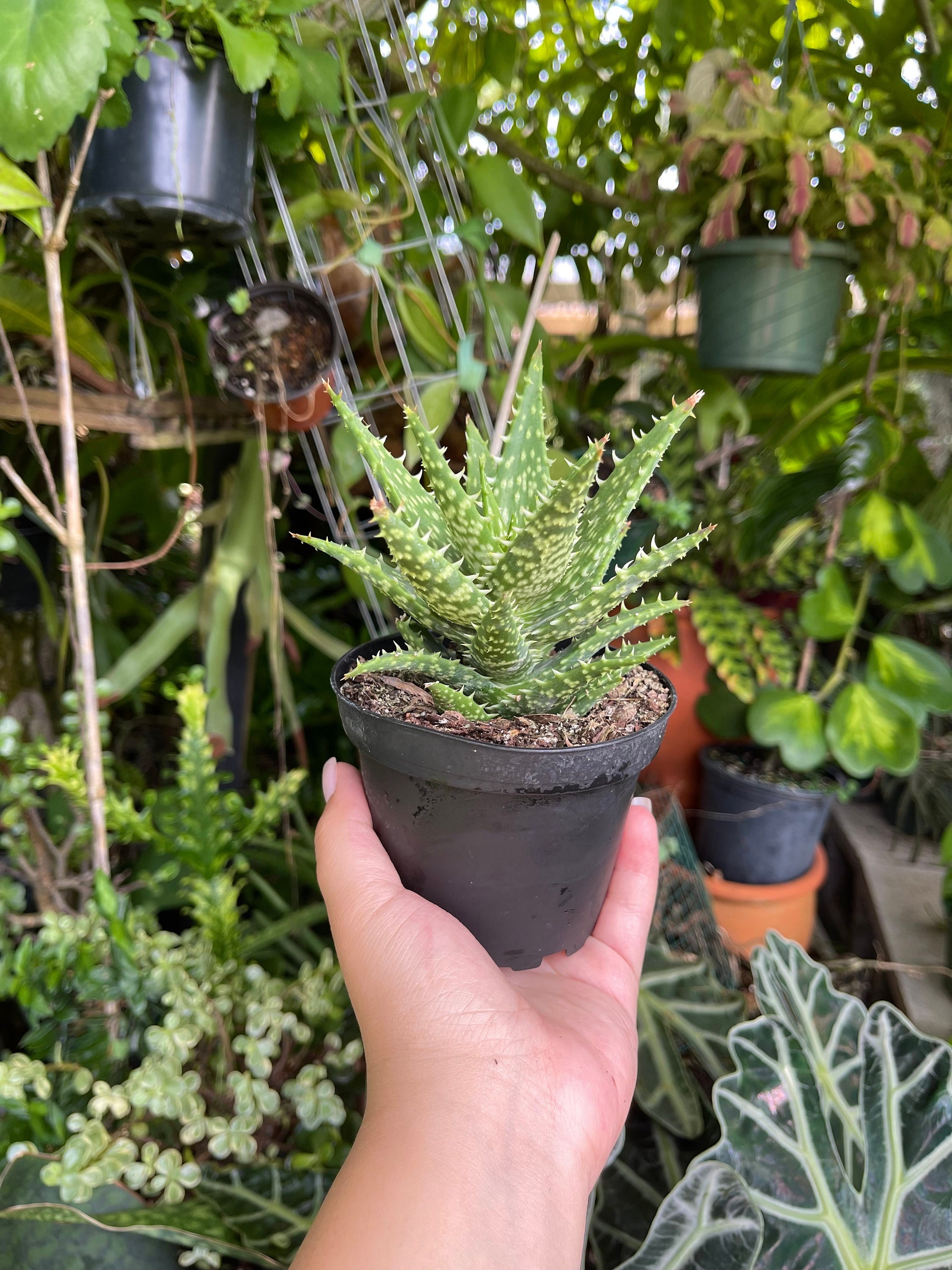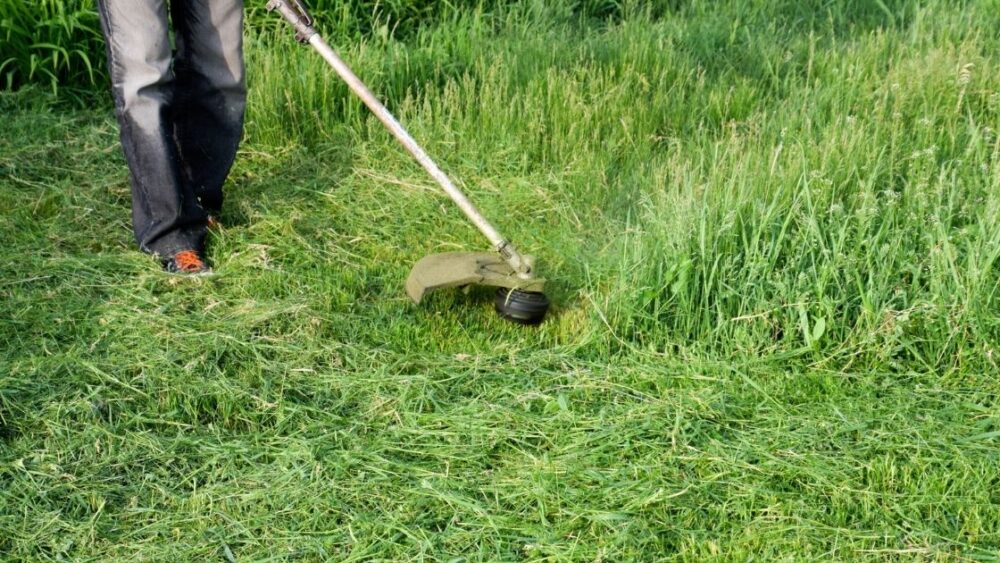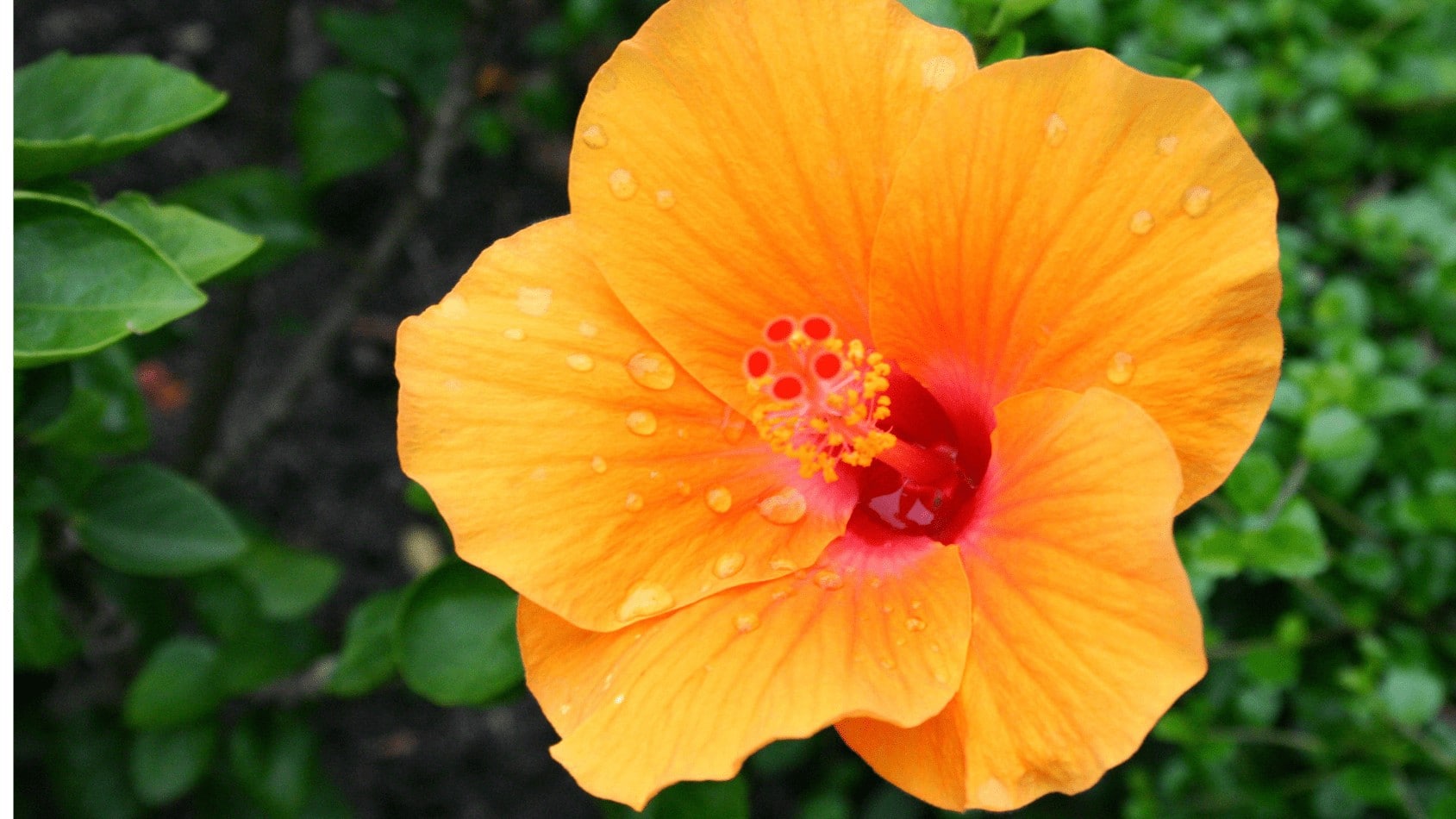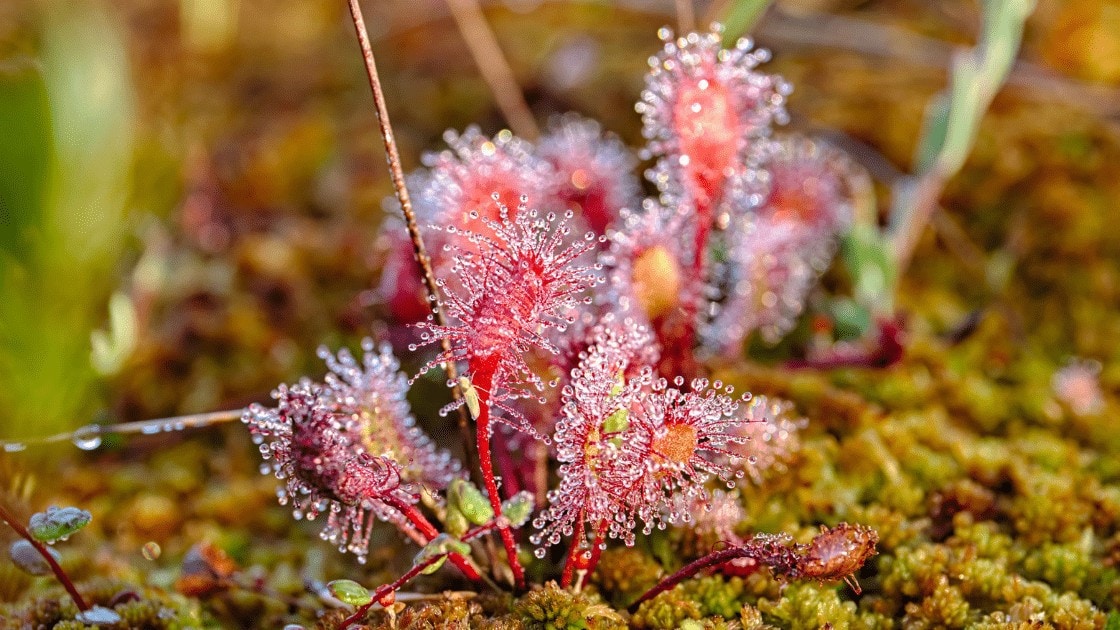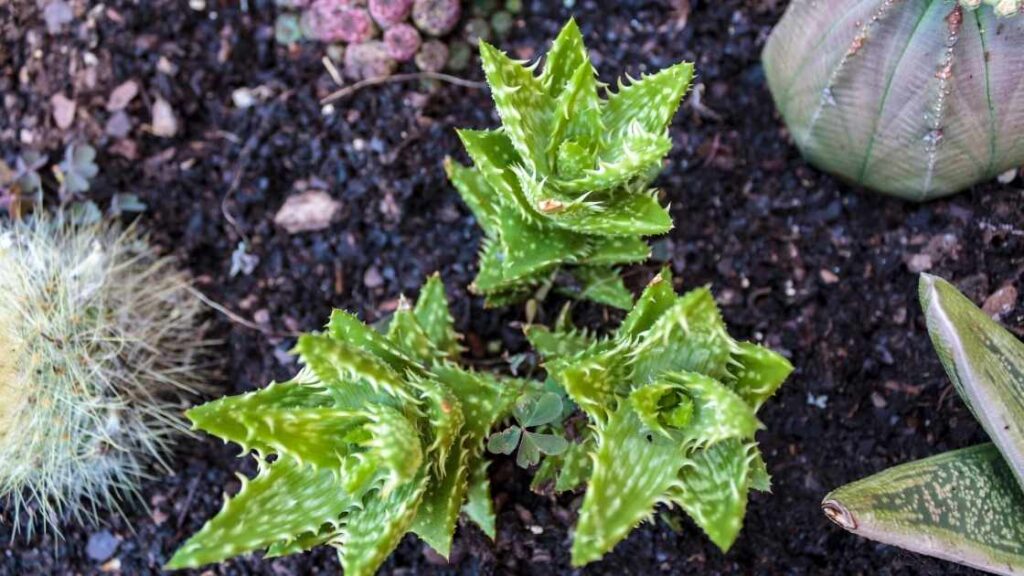
Aloe juvenna (Tiger tooth aloe) belongs to the succulent plant family Aloe. The species is indigenous to Kenya and Tanzania. Various rosettes grow on the plant, reaching a height of 31 cm. It has green leaves dotted with white spots and small teeth along its margins. It blooms in the summer and has orange coral flowers. As a drought-tolerant plant, it requires little water to survive. Depending on the climate, this plant can grow in either full sun or partial shade. The tiger tooth succulent is easy to grow and a great addition to any succulent collection.
Although the steps seem simple, you’ve got to ensure you take care of your Tiger tooth aloe to prevent it from turning brown. Tiger tooth aloe can turn brown for several reasons. Please continue reading to learn why your aloe has turned brown and how to cure it.
Reasons Why Tiger Tooth Aloe Turns Brown and Solutions
In many cases, overwatering causes brown, mushy leaves. Leaves will become soft, mushy, and translucent, and the plant will look unwell. These signs indicate that you are overwatering your plant.
Browse our Affiliate Products
- If your plants are overwatered, reduce watering and allow them to dry out and recover. Don’t water the plant until it is completely dry.
- Consider switching to fast-draining soil if the soil doesn’t dry out fast enough. Wet soil can cause root rot.
- Having rot on a plant doesn’t mean you can’t save it. Cut off the dead parts. Repot and propagate anything that looks green and viable.
For information on a similar succulents and other information check out this article:
- Zebra Succulent Browning and Dying? (Reviving and Care Guide)
- How much root damage can succulents tolerate?
- Also check out our other succulent articles here: Succulents
- Do self-watering pots cause root rot and other issues?
Is it okay to cut back brown Tiger Tooth Leaves?
There is no general need to prune Tiger tooth aloe;
- You simply need to remove the dried flower stalks and dead leaves. In order to maintain the health of the plant, it is highly recommended that you trim any leaves that have turned orange or brown. This will allow more nutrients to reach the green plant parts.
Other Tiger Tooth Aloe Problems
In addition to browning, your plant may also suffer from:
- A high temperature or a low temperature
- A buildup of salt in fertilizer
- Bending leaves
- Sticky residue
- Disease
- Root rot
- Lack of light
- Too hot
- Stress
- Pests
In Juvenna, root rot is often caused by overwatering or underwatering, so it is advisable to use the drench and dry method or simply wait until the soil has dried before watering again. The rotting of roots will lead to the development of fungal diseases that can cause wilting and death in plants.
Aphids and mealybugs often attack Tiger Tooth. These pests could easily hide or camouflage within its wide leaves and rosettes, which are excellent habitats for them. To get rid of these pests, blast them with cold water from a garden hose. You can also get rid of aphids and mealybugs by soaking a rag in water and adding a little dish soap to it.
Optimal Growing Conditions and Growing Tips
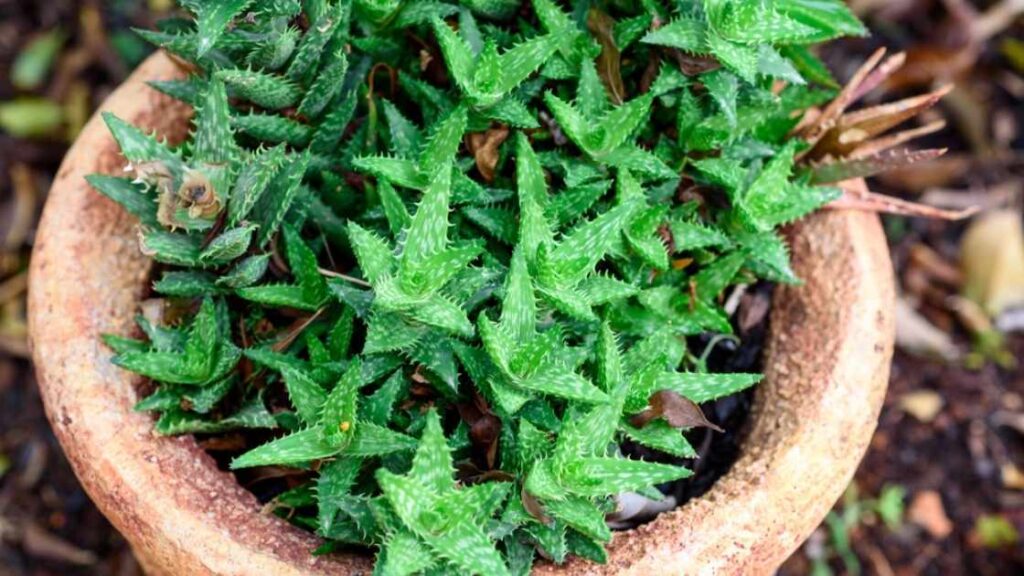
Tiger Tooth Aloe prefers a warm, dry climate where it can grow in full sun or partial shade. USDA hardiness zones 9 to 11 are suitable for growing it outside.
In addition to growing outdoors, Aloe Juvenna ‘Tiger Tooth Aloe’ is also suited to growing indoors. A good potting mix and adequate sunlight are crucial to their survival, regardless of whether they are indoors or outdoors.
Common Names
Aloe Juvenna forms clumps that branch from the base. Because of their spiny edges, their leaves are commonly called ‘tiger tooth aloe.’
Scientific name
Tiger Tooth Aloe is scientifically known as Aloe juvenna Brandham & S.Carter. In Latin, juvenna means juvenile. Originally, aloe juvenna was considered a younger version of another aloe species.
Growth Cycle
This xerophyte, with its succulent leaves, is a perennial plant.Spring, autumn, and winter are the active growing seasons for Aloe Juvenna plants.
Generally, Tiger aloe plants are purchased as potted nursery plants; seedlings take three to seven years to mature. The bottom leaves of the plant grow brown and dry as they grow. Use tweezers or a gentle hand to remove these leaves.
Sunlight Effect
It is usually found in areas with full sun to partial shade in the wild. Providing similar conditions is essential when growing this plant at home.
Make sure your aloe gets at least six hours of sunlight per day in your garden. You might need to shade your plant in the afternoon if you live in a hot climate.
Watering
A relatively dry soil with good drainage is ideal for growing tiger tooth aloe. When watering Tiger tooth aloe, you should always use filtered water due to its mineral content and pH sensitivity. It is possible to develop root rot if the soil has too much moisture.
Growing Tiger Tooth outside requires more water than growing it indoors. When it’s hot outside, water the plant at least once a week.
You should water your indoor plants about every two weeks. Room-temperature water is best for watering your plants. Too cold water can shock a plant and cause it to drop its leaves.
Adult Size
A typical height of this aloe is 12-18 inches (30-45 cm). Some plants have reached heights of 6 feet (1.8 meters).
You can grow the tiger tooth aloe outdoors year-round if you live in an area with warm summers and mild winters. Besides that, it’s a great houseplant.
Planting Zones
Tiger Tooth Aloe prefers a warm, dry climate where it can grow in full sun or partial shade. A USDA hardiness zone 9 to 11 is suitable for outdoor growth.
Also check out our plant pot affiliate product category by click here: Plant Pots
Weather Hardiness
Originally from Africa, Tiger Tooth Aloe thrives in hot, dry climates. The plant thrives in temperatures between 65°F and 75°F (18°C and 24°C).
Cold hardiness is not a characteristic of Aloe juvenna, so it cannot tolerate cold temperatures. In order to provide your plant with the best care, do not keep it below 30°F (-1°C) for too long. You should bring your Aloe juvenna indoors for the winter if you live somewhere cold.
Tiger Tooth Aloe should be kept away from air conditioning vents and heaters to prevent excessive air drying. Rooms that are naturally humid (like bathrooms) can cause root rot in Tiger Tooth Aloe. It is a great idea to use a fan to increase air circulation.
Propagation
Tiger Tooth Aloe produces pups and offsets. You should separate the pups from the mother plant and remove the offsets from it to propagate these plants. Propagation from leaf cuttings is not possible with these plants.
Toxicity
The aloe juvenna plant, like other aloe plants, is not toxic to humans. Dogs and cats may get sick if they eat it. If pets consume the gel-like substance, they could experience gastrointestinal distress.
Dormancy
Aloe juvenna is a summer dormant plant.
Even though it receives the right amount of water, the Tooth Tiger stops growing and hibernates during the summer. However, it is ironically drought-tolerant.
Soil
While Tiger tooth aloe prefers dry soils and poor soil types, it can also grow in other soil types. Good draining soil is essential, as root rot is common in soils retaining moisture.
It is recommended to use sandy and gravelly soils, as they offer the best conditions for growing plants. However, commercial potting soils that are mixed with sand, perlite, or similar substrate can be used in a 1:1 ratio.
Tiger tooth aloe tolerates pH levels between 6 and 9 but grows best in slightly alkaline to neutral soils (7-8.5). You can also use a 1:1:1 mixture of peat moss, pasteurized soil, and sand. Drainage holes should be plentiful in pots to prevent water retention.
Check out our affiliate succulent soil and fertilizers here: Cacti & Succulents
Bloom
As a result of difficult environmental conditions, Aloe juvenna rarely flowers indoors.
As an outdoor plant, it blooms in the middle and end of the summer, and its blooms are spiky with orange stems.
Fertilization
The growth and development of Tiger tooth aloe do not require fertilizer. However, an annual fertilizer application rich in phosphorus will stimulate more vigorous growth. Using worm castings as fertilizer can produce the same results if they are spread over the soil surface in mid-spring at a thickness of 2.5 cm. Feeding or fertilizing plants during the cold season can have a negative impact on their growth.
Final Thoughts
Tiger tooth aloe is among the most fascinating succulents for beginners. Its unique tiger-striped leaves add interest to any garden, and its easy care and propagation make it an excellent choice.
You should, however, make sure that you give your tiger tooth aloe plenty of room to expand. Otherwise, it may become too tall for the area around it.




